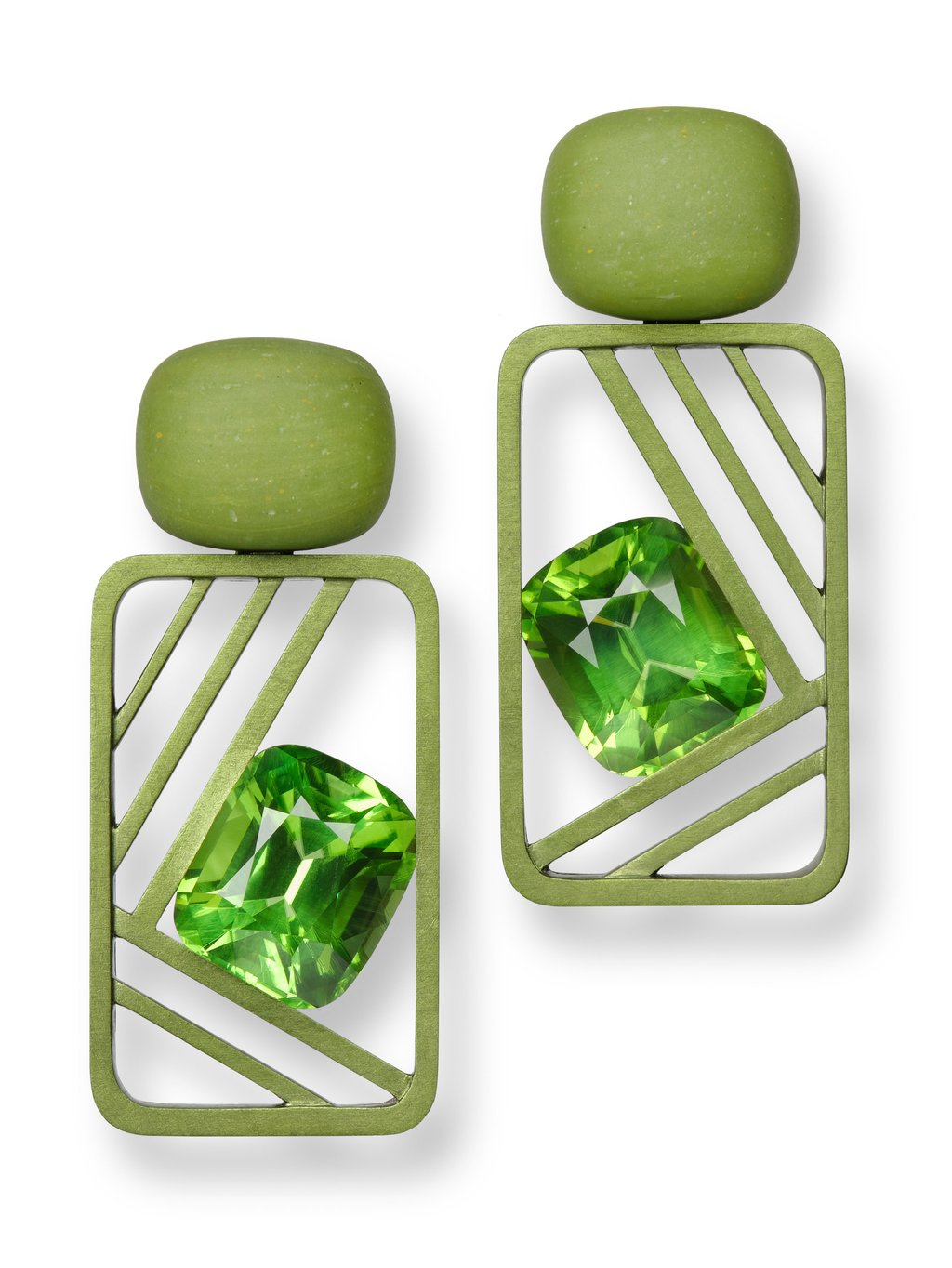How high jewellery houses are using techniques like ‘lost wax’ and unorthodox metals such as aluminium and titanium, from Van Cleef & Arpels and Cindy Chao to JAR and Hong Kong’s Forms

- Van Cleef & Arpels and Cindy Chao use the ancient cire perdue, or ‘lost wax’, casting technique for their delicate creations, while Joel Arthur Rosenthal and Hemmerle are turning to aluminium
- Rather than casting, Hong Kong-based Forms uses computerised numerical control – an ultra-precise method of cutting metal – before working on a piece’s final shape and texture by hand
The technique involves producing a model of the sculpture consisting of a thin layer of wax over a heat-resistant core of clay or plaster. The wax is then in turn covered with another heat-resistant layer, and after the wax is melted and drained off, molten metal is poured into the cavity that the “lost wax” has created

She captures fleeting moments in the life cycle of her subject – such as a leaf or a dragonfly – and once satisfied, marks out precisely where each of the thousands of precious gemstones will sit in the finished piece.

This model is then sent to Chao’s atelier in Europe to be cast and transformed into shimmering reality.

Some designers choose to shape their jewels from hard sheets that have already been dyed. At Hemmerle though, aluminium in its pre-anodised, malleable state is sculpted into the desired shape, then set with gemstones and anodised